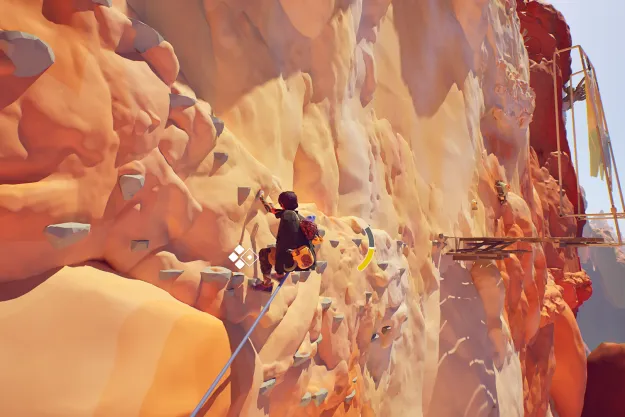Designed to test players’ concentration, it asks them to don an electroencephalogram (EEG) biosensor, which detects the electrical activity of their brain. By maintaining concentration, players then work their way through eight game levels in which they have to position a digital bridge to allow an avatar to pass, unimpeded, through a maze.
Making things even harder are the two enemies who track the player and erase parts of the map each time the player makes a move.
“This project came from my own issues with losing concentration,” Kim told Digital Trends. “Today we have access to many technologies that make us multitask a lot — making it difficult to think clearly and focus on one thing at a time. I also had a hard time focusing on my own tasks, while sitting in front of my computer and the phone, and wanted to figure out a way to improve my concentration. But when I researched skills that help improve concentration, the answers seem quite boring to me: take a break every 30 minutes, make a plan, meditate, and exercise frequently.”

Seeking a more interesting alternative, Kim settled on the idea of using a brainwave headset to display a real-time concentration level on the screen, with players challenging themselves to get ever higher scores. Whether it works as a long-term modifier of concentration levels remains to be seen, but it’s certainly an interesting concept.
“My next step for this project is to give access to people who would like to improve their concentration,” she said. “[I would also] like to hear from people who find it useful. I have a great passion for design and technology, with a firm belief that technology can help create a better world for humans and benefit people’s lives. So I am going to keep studying — not just concentration, but every human behavior that can be improved with the help of design and technology.”
Editors' Recommendations
- This great indie is a loving homage to the worst Nintendo games of all time
- This puzzling PC game needs to be on your radar this February
- CES 2024: Your Samsung TV is getting its own video game controller
- Your Xbox Live Gold subscription will turn into Xbox Game Pass Core this September
- Try these 2 indie greats before they leave Xbox Game Pass next week


